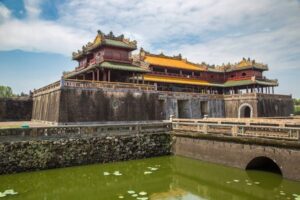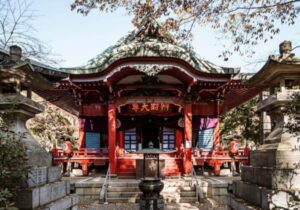The Travel Blog
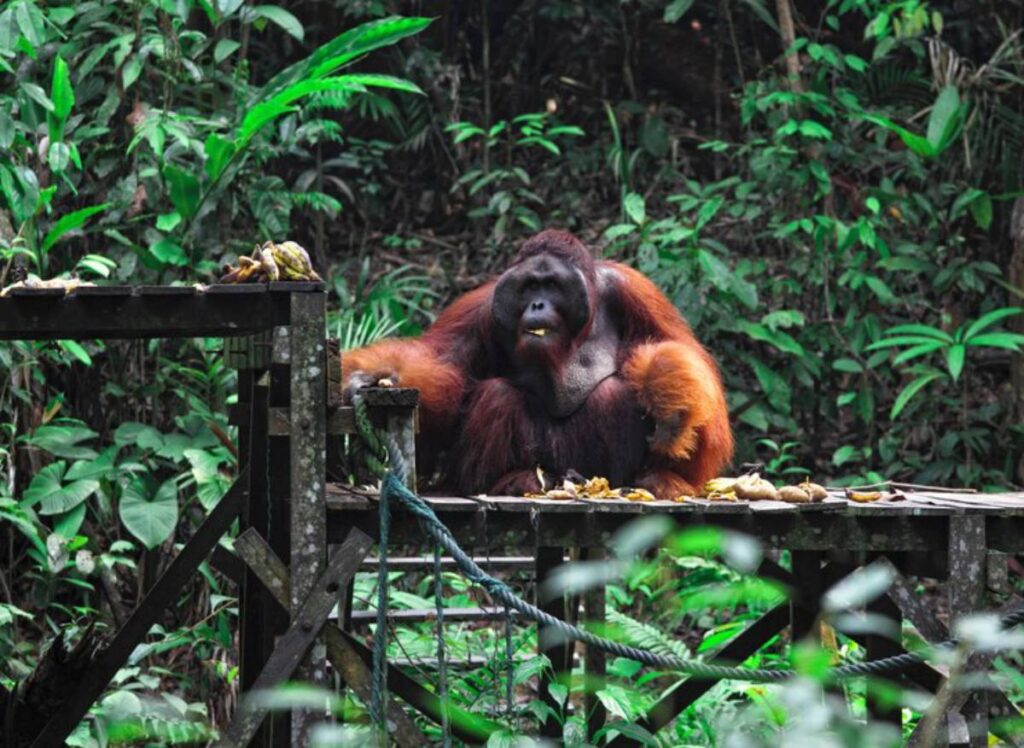
Sumatra, Indonesia: Orangutans and Tropical Jungles
Close your eyes and picture this: a rustle in the canopy above, a flash of burnt orange fur, and the soft thump of a fig landing on the jungle floor. Welcome to Sumatra, Indonesia—a land where wildlife sanctuaries buzz with life and tropical jungles stretch beyond sight. Home to endangered orangutans, elusive Sumatran tigers, and some of the last great rainforests in Asia, Sumatra offers a raw, wild, and utterly immersive travel experience.
Whether you’re a nature lover, an adventure seeker, or someone in search of meaning beyond city lights, this guide will lead you deep into Sumatra’s verdant heart. From thrilling jungle treks and ethical wildlife encounters to cultural experiences with the Batak and Minangkabau people, here’s your essential itinerary for embracing the wild soul of Indonesia.
Trekking the Jungle: Gunung Leuser National Park
Bukit Lawang: Gateway to the Wild
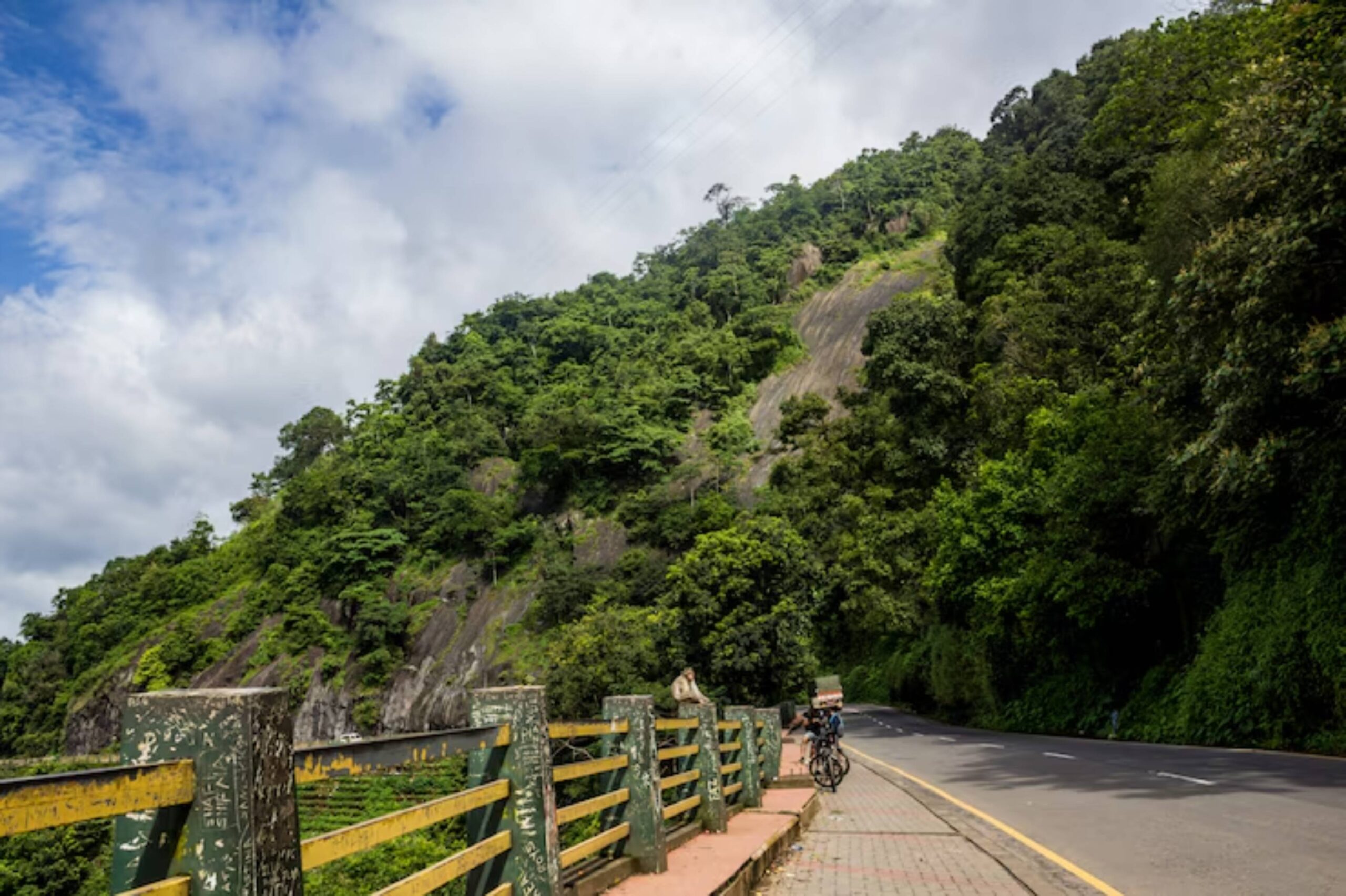
The small riverside village of Bukit Lawang is one of the most popular entry points into Gunung Leuser National Park—a UNESCO-listed biosphere teeming with biodiversity. It’s most famous for one key reason: orangutans in the wild.
What to expect:
- Guided treks ranging from half-day walks to multi-day jungle camping
- Chance encounters with orangutans, Thomas’s leaf monkeys, and gibbons
- River tubing on the Bohorok River after a long hike
“Watching an orangutan swing just metres above my head—it felt like stepping into a BBC wildlife doc!” – Emma, backpacker from the UK
Ethical Encounters: Supporting Conservation

When visiting orangutans, it’s crucial to choose ethical guides. Look for:
- Licensed rangers who maintain a respectful distance
- Operators that support reforestation and anti-poaching initiatives
- Small group sizes to reduce stress on wildlife
Your trek fees help support long-term protection efforts, so this is one adventure that gives back.
The Rainforest Beckons: Kerinci Seblat National Park
If you’re craving isolation and more off-the-beaten-path vibes, Kerinci Seblat National Park—Indonesia’s largest—awaits with misty peaks and bird calls.
Climbing Mount Kerinci
At 3,805 metres, Mount Kerinci is the highest volcano in Indonesia. Trekking it is a serious challenge, but the rewards are massive:
- Jungle landscapes that shift into volcanic alpine terrain
- Possible sightings of hornbills, sun bears, and even tigers (if you’re lucky)
- Epic sunrise views from the summit if you brave the overnight trek
Bring layers—it gets cold above 3,000m, even in the tropics!
Lake Gunung Tujuh
After conquering the heights, consider a more chilled experience. Lake Gunung Tujuh, or “Seven Mountain Lake,” is a crater lake perfect for canoeing, picnics, and soaking up serenity.
Cultural Roots: The Batak and Minangkabau People
Sumatra isn’t just jungles and animals—it’s culture, stories, and sacred traditions.
The Batak Heartland: Lake Toba
Lake Toba, the world’s largest volcanic lake, is not only stunning—it’s the cultural heart of the Batak people. In Samosir Island, you can:
- Visit traditional Batak houses with pointed, buffalo-horn roofs
- Watch Sigale-gale puppet performances
- Taste Batak cuisine like saksang (a spicy pork dish)
“We ended up singing karaoke with locals under a starlit sky—it was one of the most human travel moments of my life.” – Rajiv, traveller from India
Matrilineal Traditions: The Minangkabau of West Sumatra
In Bukittinggi and surrounding villages, you’ll discover the Minangkabau, one of the few matrilineal cultures in the world.
Highlights include:
- Rumah Gadang, traditional longhouses with sweeping roofs
- Traditional martial arts and dance performances
- A unique food culture famed for rendang, a slow-cooked spicy beef dish
Wildlife Sanctuaries and Protected Zones
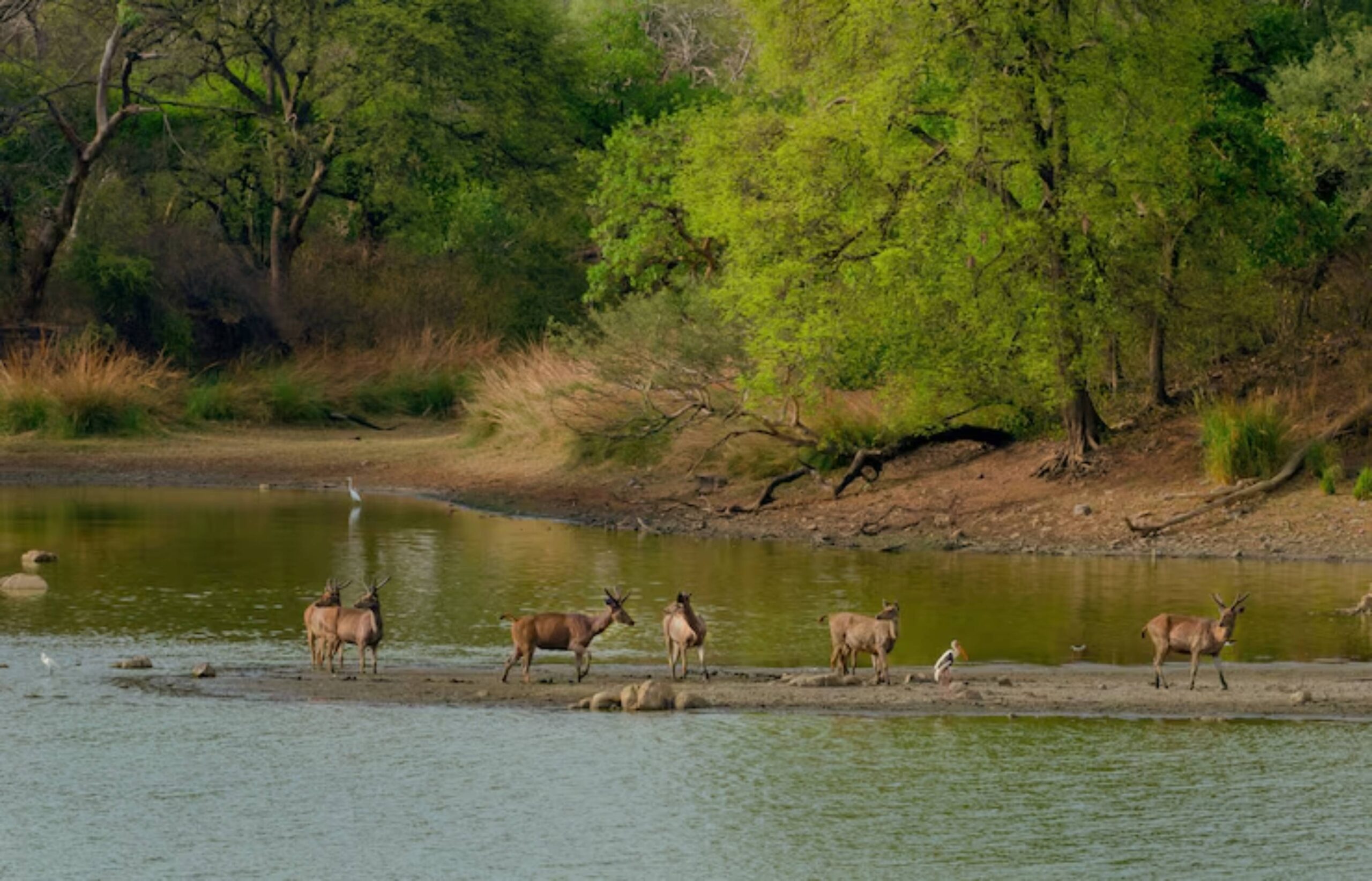
Sumatra is a critical conservation zone. Several sanctuaries complement the national parks, offering safe havens for endangered species.
Sumatran Elephant Conservation Centre (Way Kambas National Park)
Located in Lampung, this sanctuary protects the dwindling population of Sumatran elephants. Visitors can:
- Learn about anti-poaching patrols
- Understand human-elephant conflict mitigation
- Observe elephants from a safe distance—no riding!
Sumatran Rhino Sanctuary
Deep in Way Kambas forest lies a protected zone for Sumatran rhinos, one of the rarest large mammals on Earth. Access is highly restricted, but some conservation programmes allow educational tours.
If you enjoyed Sumatra, then check out Togean Islands, Indonesia: Untouched Paradise in Sulawesi.
Offbeat Jungle Adventures
Beyond the big parks, Sumatra offers thrilling side adventures:
Harau Valley
Nicknamed “Sumatra’s Yosemite,” this valley is heaven for rock climbers, trekkers, and photographers. Expect:
- Towering granite cliffs
- Waterfalls cascading into emerald pools
- Friendly local homestays
Mentawai Islands
Off the western coast, these remote islands are home to the Mentawai tribes who maintain ancient forest-living traditions.
With proper respect and a local guide, visitors can:
- Participate in jungle foraging
- Witness tattooing and spiritual rituals
- Learn survival techniques passed down for generations
When to Go and How to Get Around
Best Time to Visit
- April to October: Dry season, ideal for trekking
- November to March: Wetter, but lusher—more leeches though!
Getting There
- Fly into Medan (KNO) for Bukit Lawang or Lake Toba
- Padang for West Sumatra adventures
- Domestic flights connect major cities, but travel times are long—be patient!
Getting Around
- Minivans and local buses are budget-friendly but slow
- Private drivers or motorbike rentals offer flexibility
- Trekking areas often require local guides
Practical Tips for Jungle Travel
- Pack smart: Lightweight long sleeves, leech socks, eco-friendly bug repellent
- Stay hydrated: Purification tablets or filtered water bottles are essential
- Respect wildlife: No feeding, touching, or loud noises
- Travel slow: The jungle reveals itself when you move with intention
Conclusion: Into the Wild Heart of Sumatra
Sumatra is not for the checklist traveller. It’s for those who crave meaning in motion, where a single orangutan sighting or shared moment with a tribal elder can reshape your entire view of the world.
Here, the rainforest isn’t just a destination; it’s a living, breathing cathedral of nature. The pulse of Sumatra lies in its unpredictability, in the mud-slick trails and misty ridgelines, in the kindness of strangers and the wild call of gibbons at dawn.
So, lace up your boots, zip your pack, and walk into the green unknown.
Have you trekked through Sumatra’s jungles or met its wild residents? Share your story in the comments—we’d love to hear it!
If this article inspired your wanderlust, you might also love Meghalaya, India: Living Root Bridges and Rainforests.



